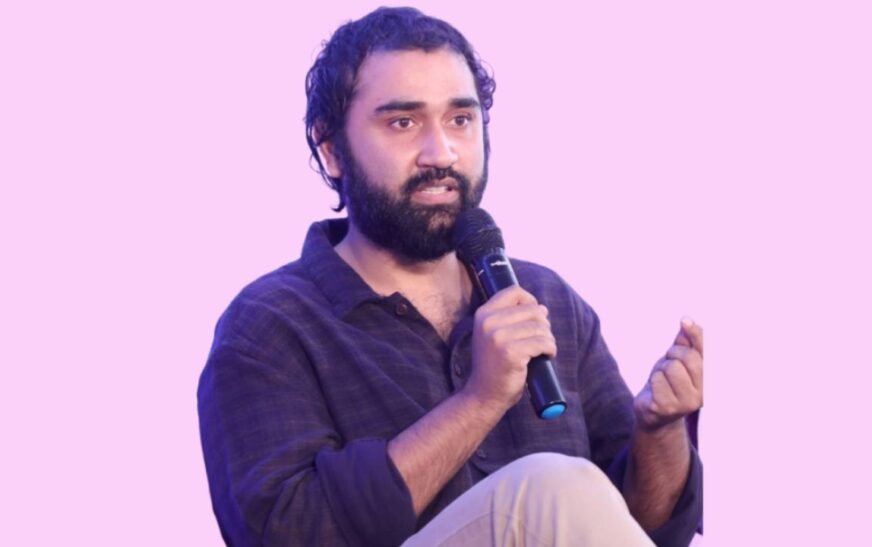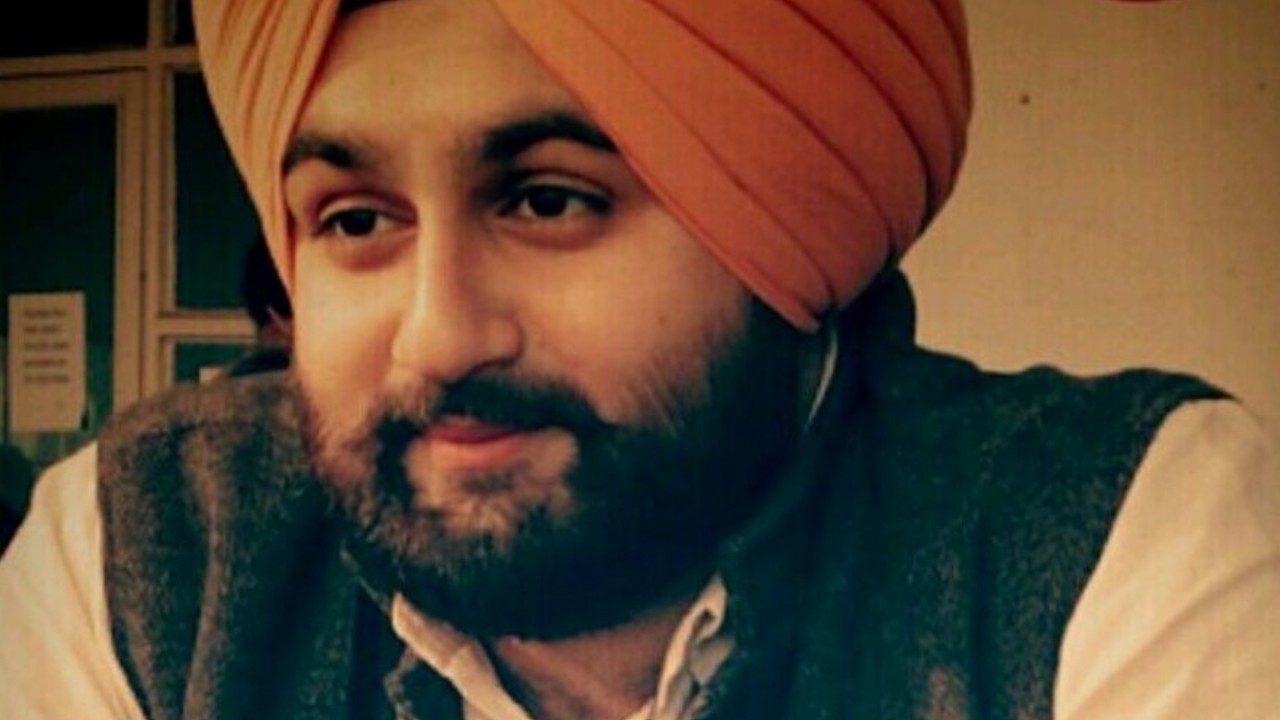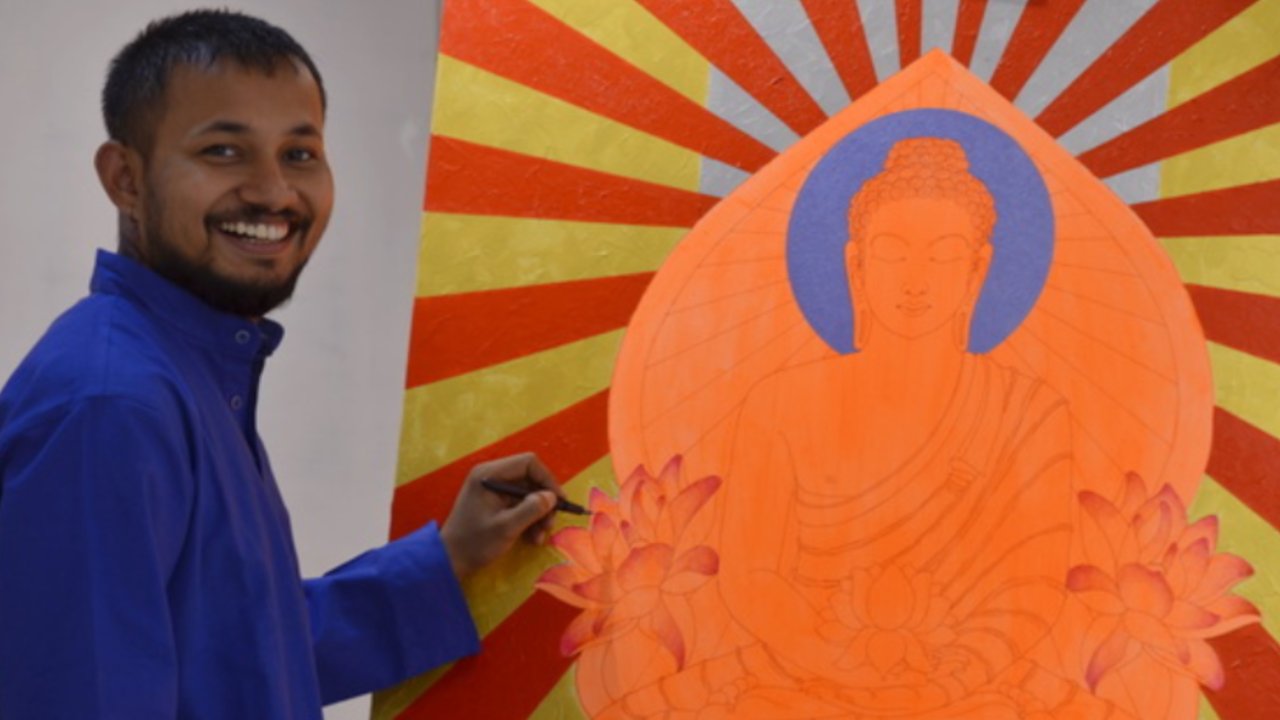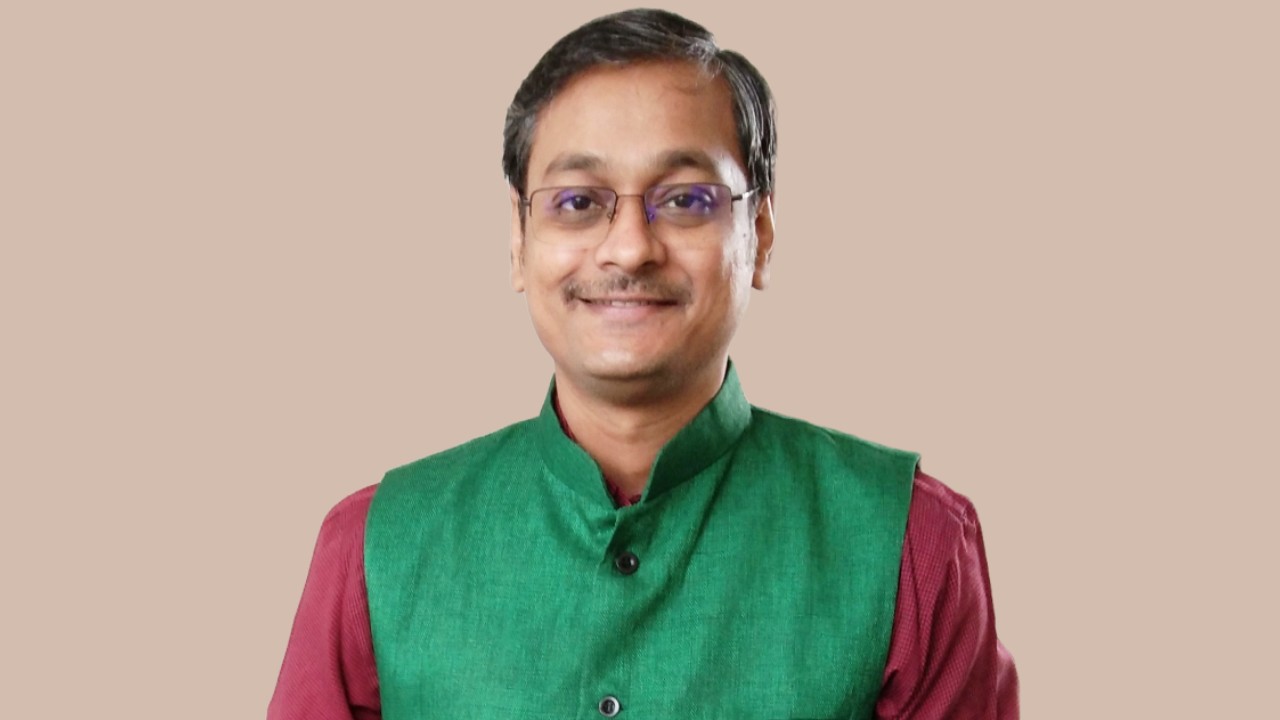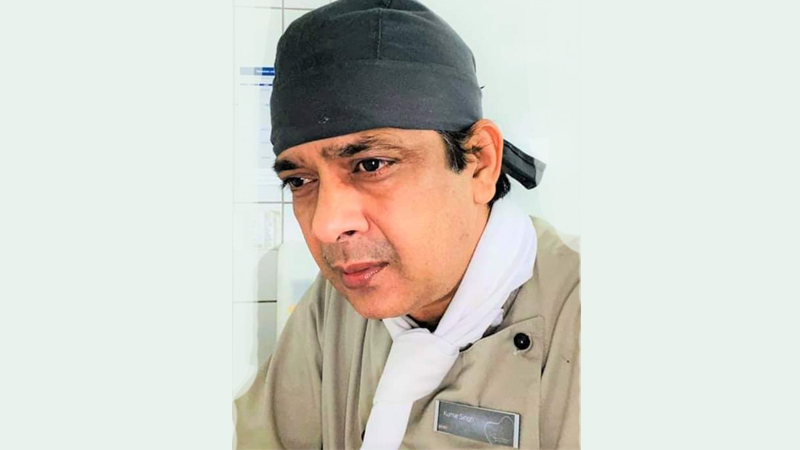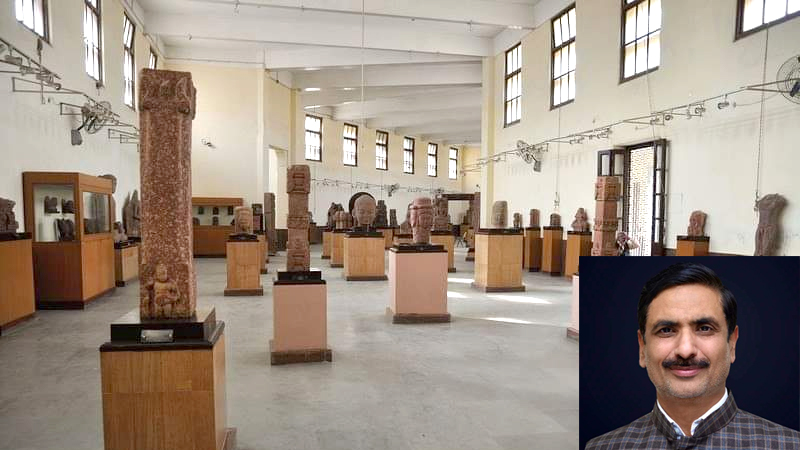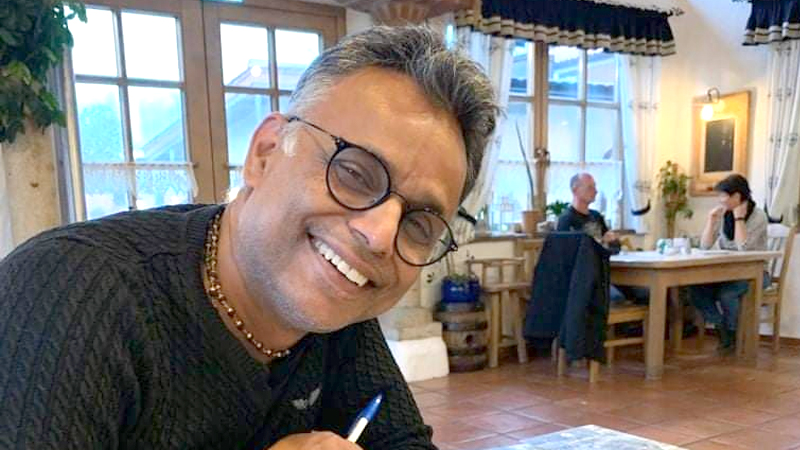Aranya Sahay, a Mumbai-based filmmaker and musician, blends storytelling with a deep cinematic vision. An alumnus of St. Stephen’s College, he honed his craft in direction at Film and Television Institute of India (FTII), Pune. His experience includes working as an Assistant Director on notable projects such as Dr. Arora (Zee, 2022) with Imtiaz Ali and Dancing on the Grave (Amazon, 2023) with Patrick Graham. Humans In The Loop marks his feature film debut.
Sahay has directed five short films, with Songs for Balasaheb (2019) and Chait (2019) earning screenings at Mumbai International Film Festival (MIFF), SiGNS Film Festival, Kerala, and Jaffna International Cinema Festival. In 2021, his yet-to-be-released film Shadow (Sayaa) was recognized as a Film Bazaar Recommends selection. Currently, he is part of the writing team for Mimics, a new show in development. His story Humans In The Loop was chosen for the Museum of the Imagination’s Future Impact Fellowship Programme and premiered at the Mumbai MAMI Festival 2024.
In an exclusive conversation with The Interview World, Sahay delves into the creative process behind Humans In The Loop. He reveals the inspiration behind Nehma’s character and unpacks how the film navigates the intersection of indigenous identity and artificial intelligence. He explains why Jharkhand serves as the film’s backdrop and dissects the impact of transnational capital on indigenous communities. Sahay also reflects on the unexpected rewards the project has brought him and how his past experiences shaped his directorial approach. Additionally, he discusses the film’s key takeaways for diverse audience groups and offers a glimpse into his upcoming projects.
Here are the highlights from this compelling conversation.

Q: Human In The Loop explores the intersection of indigenous identity and artificial intelligence. What inspired you to tell this story, and how did you develop Nehma’s character?
A: Karishma Mehrotra’s journalistic piece, The Human Touch, sparked the initial idea. But that was only the beginning. As I explored the intricate process of data labelling—where workers tag thousands of images and videos to train AI—I had a striking realization. The labeller, in essence, plays the role of a teacher, while AI resembles a child absorbing knowledge. This led to a fundamental question: If AI is like a child, is it a blank slate, or does it inherit the biases and experiences of its human predecessors?
Nehma’s character took shape through in-depth conversations with Adivasi women in Jharkhand. Some worked as data labellers, while others shared their stories during our village shoot. These exchanges profoundly influenced the film’s themes, shaping its core ideas and narrative.
Q: Jharkhand, with its rich tribal culture, serves as the film’s backdrop. How did the location influence the storytelling, and what challenges did you face while shooting there?
A: Jharkhand profoundly shaped the film, influencing both its visuals and deeper themes. As I explored Ranchi, Hazaribagh, Giridih, and Rampur during research and location scouting, the land revealed its stories. The Isko Rock Art cave paintings directly inspired the film’s cave art, transforming into a recurring motif. Yet, beyond aesthetics, Jharkhand unveiled the film’s true essence.
Wandering through its landscapes, I encountered remnants of colonial history—arches, narrow-gauge trains, and aging churches. These relics exposed an unsettling truth. Centuries ago, Adivasi knowledge systems were dismissed as primitive, and entire tribes were branded ‘criminal’ or ‘savage.’ That erasure could happen again. If AI is trained solely on First World data, it risks perpetuating those same biases.
Filming in Jharkhand came with formidable challenges. The region lacks film infrastructure—no line producers, logistical support, or reliable accommodations. Boarding and lodging were scarce. Every hurdle tested us. Yet, the struggle was justified. The raw authenticity we captured made it all worthwhile.

Q: Your film highlights the impact of transnational capital on indigenous communities. Was it difficult to balance the human story with the broader socio-economic themes?
A: Balancing it all felt like walking a tightrope. Yet, I never lost sight of the human story—it’s what truly connects audiences to a film. At its heart, the mother-daughter relationship anchored the narrative. Around this emotional core, I wove themes of ghost work, indigenous knowledge systems, and humanity’s bond with nature.
At the same time, the film exposes a critical flaw in AI—its inherent foreign bias, shaped largely by American and Chinese influences. Without careful oversight, these biases seep in unnoticed. To make AI truly representative of Indian and indigenous perspectives, we must train it on locally relevant data.
Q: The film has received significant recognition, including selection at Mumbai MAMI Film Festival, International Film Festival of Kerala, and screenings at FTII, SRFTI, and IIM Kolkata. What has been the most unexpected or rewarding response so far?
A: The most rewarding part has been watching audiences claim the film as their own. After every screening, social media lights up with personal reflections, as if viewers have become its champions. Each festival and institution brings its own cultural imprint, yet the story’s emotional core transcends borders. It resonates with everyone.
Q: You’ve worked on acclaimed projects like Dr Arora and Dancing On The Grave. How did your past experiences shape your approach to directing your debut feature?
A: Collaborating on Dr. Arora (by Imtiaz Ali) and Dancing on the Grave (by Patrick Graham) was an immersive crash course in filmmaking. It felt like a rigorous probation period—an initiation into the art of practical execution. Assisting on large-scale productions instilled discipline, sharpened my understanding of scale, and honed my problem-solving abilities.
However, Humans In The Loop presented an entirely different battleground. For the first time, I navigated independent decision-making—grappling with fear, anxiety, financial constraints, and the inevitable clash of creative egos. That was the real crucible, where theory met reality, and every choice carried weight.

Q: The film is gaining international attention, with selection at the Indian Film Festival of Los Angeles. What do you hope global audiences take away from it?
A: A.K. Ramanujan argued that “little traditions” and “larger traditions” deserve equal weight. The same holds true for AI. It cannot remain a reflection of the First World alone; it must also embody the realities of the Global South. AI must not silence indigenous voices—it must learn from them, adapt to them, and evolve with them.
Q: With discussions underway for a theatrical release and an OTT deal with Netflix, how do you see the film’s journey evolving in the coming months?
A: Right now, we’re driving word-of-mouth screenings across cities, building momentum organically. In the final phase, the film will return to Jharkhand—perhaps even to the very village where we shot it.
At the same time, we’re working to bring policymakers into the conversation. Only the government has the reach to digitize data from diverse communities and ensure AI reflects India’s rich, multifaceted identity.
By mid-April 2025, we plan to move beyond festival circuits and film schools, targeting a wider audience. An OTT release—possibly on Netflix—is on the horizon, along with a potential theatrical run.

Q: Your story was selected at the Museum of the Imagination Future Impact Fellowship Programme. How did that experience contribute to the making of Human In The Loop?
A: The fellowship was transformative. It fostered a space where technology and emotion could intersect, sparking fresh ideas. Interestingly, it also led me to Karishma Mehrotra, the journalist behind The Human Touch. That connection became instrumental in shaping the film.
Q: As an FTII alumnus, how do you see the role of film institutes in shaping socially relevant cinema in India today?
A: Publicly funded film institutes play a vital role in India. They open doors for diverse voices that might otherwise struggle to break into the industry. More importantly, they expose students to films and cultures they might never have encountered. Without this broader perspective, the industry risks either creative stagnation or unchecked indulgence.
Q: What’s next for you as a filmmaker? Are you working on new projects that continue to explore human stories in the digital age?
A: I’m currently developing two projects. The first, Mayapuri, serves as a spiritual sequel to Humans In The Loop. Set in the same world of data labeling, it delves deeper into the intersection of AI and policing. This one will be darker, more intense, and deeply compelling. The second project critically examines the Eating Right movement and its colonial baggage. This feature film will likely take shape after Humans In The Loop debuts on OTT.


